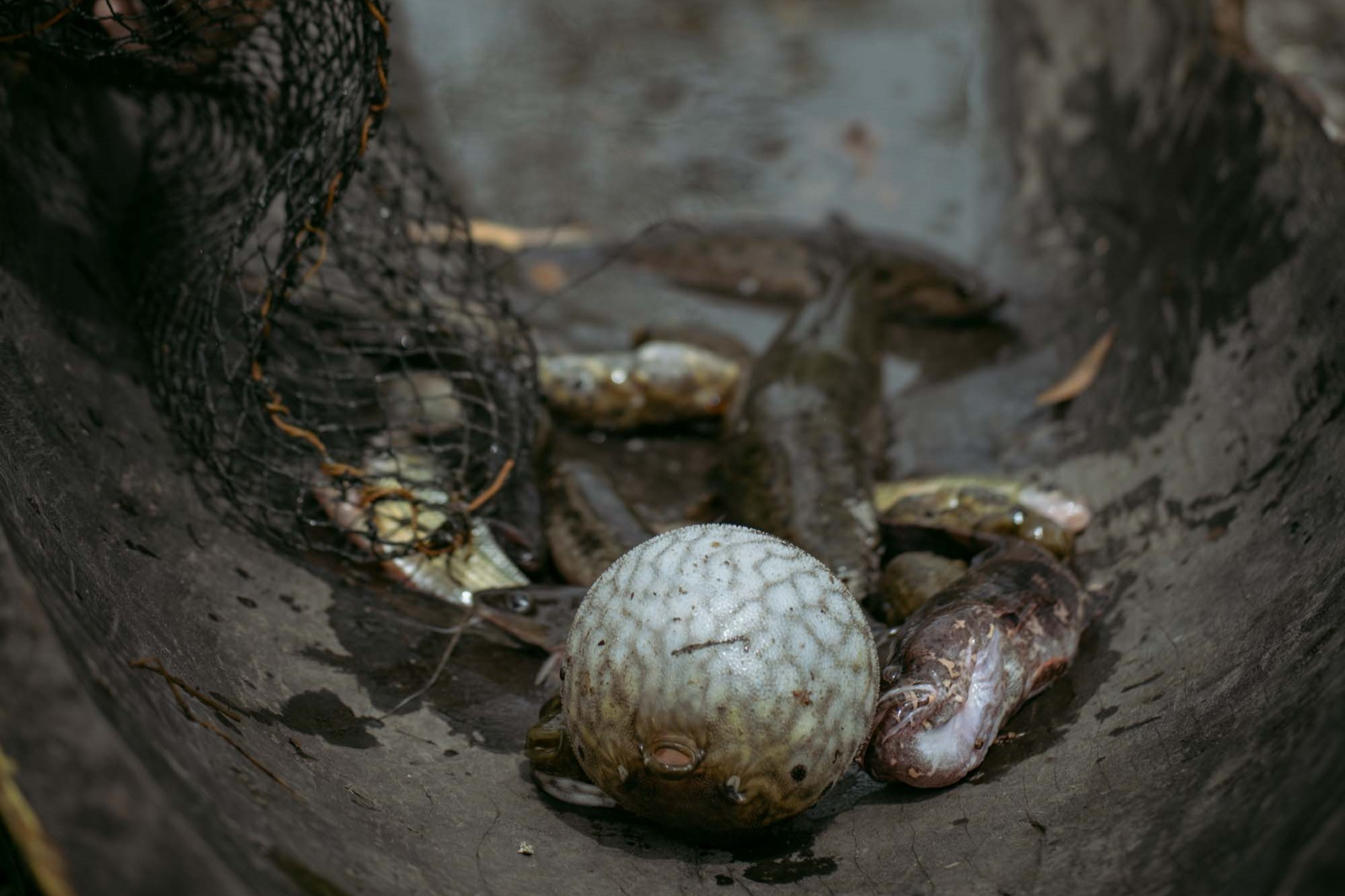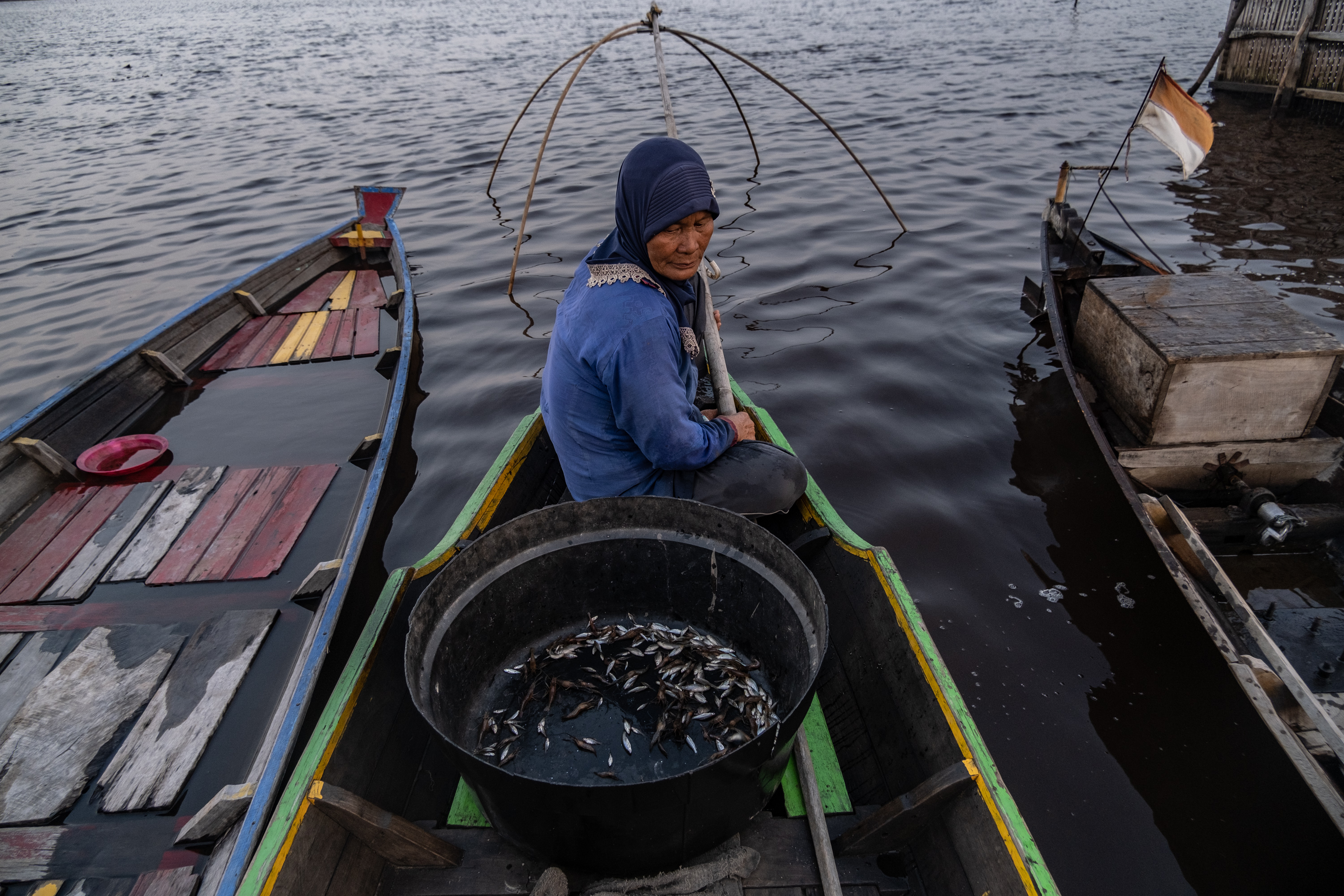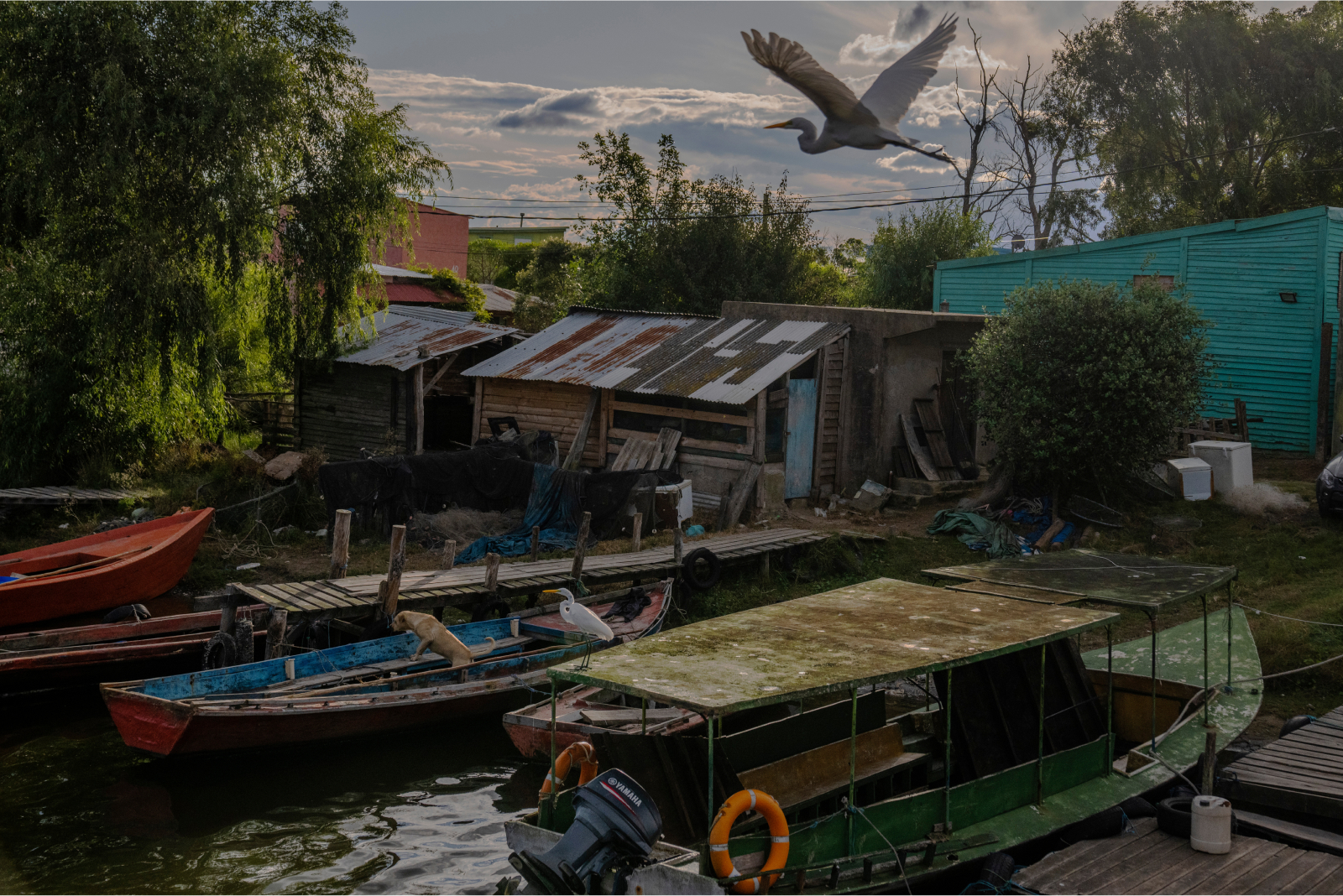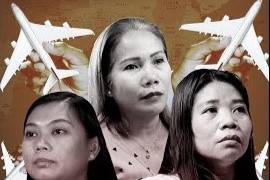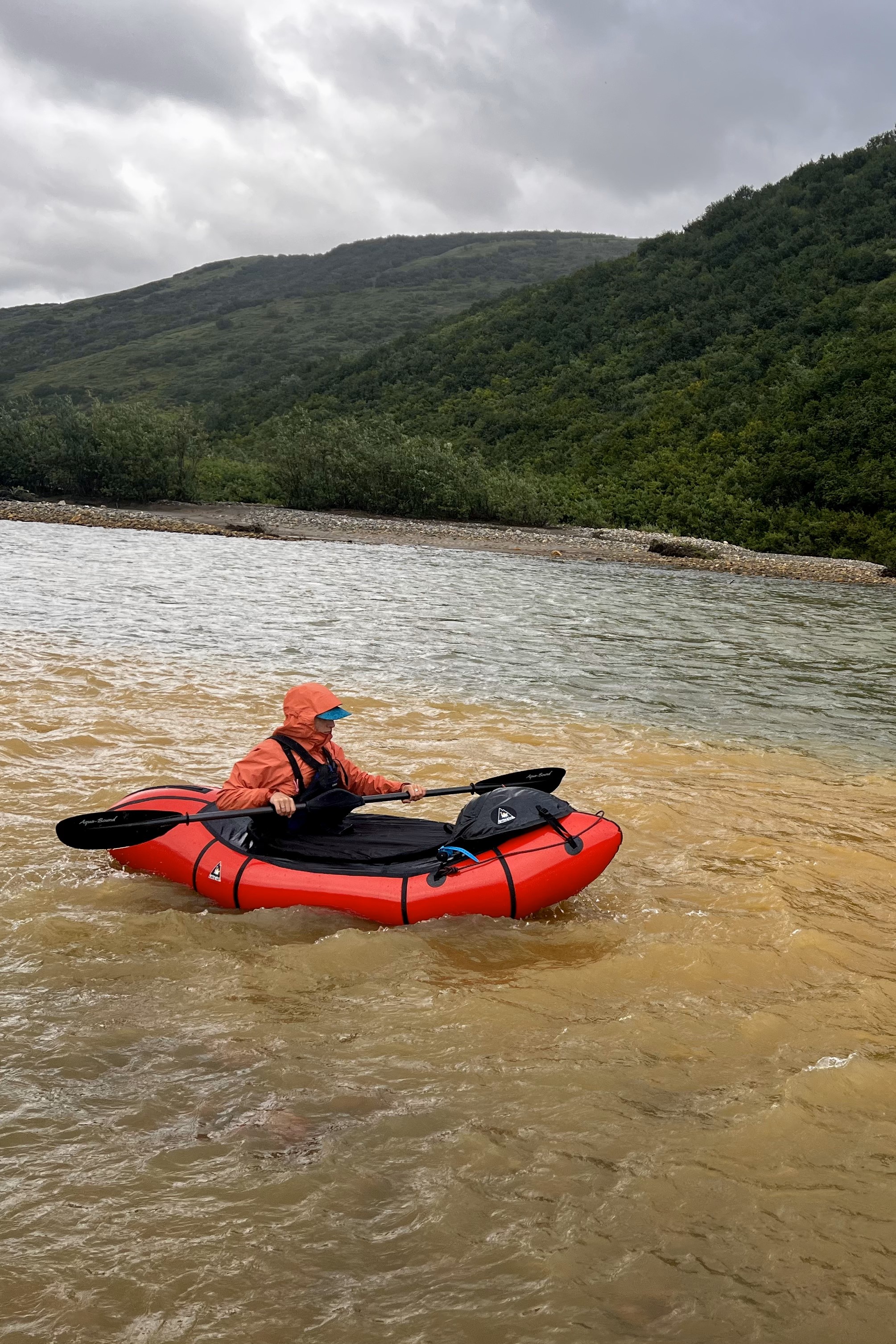Economy
The international economy, shaped by governments, businesses and other actors, touches the lives of everyone in the world. Pulitzer Center grantee stories tagged with “Economy” feature reporting that covers business, workers and the impact of global capitalism on people’s lives. Use the Pulitzer Center Lesson Builder to find and create lesson plans on the economy.
-

Fish populations continue to decline, causing a host of social problems.
-

This project will look at three vulnerable groups of workers: domestic workers, commuters, and...
-

Project
Why Are Alaskan Rivers Rusting?
Permafrost thaw could be releasing iron and acid into streams where key fish species spawn, and...











